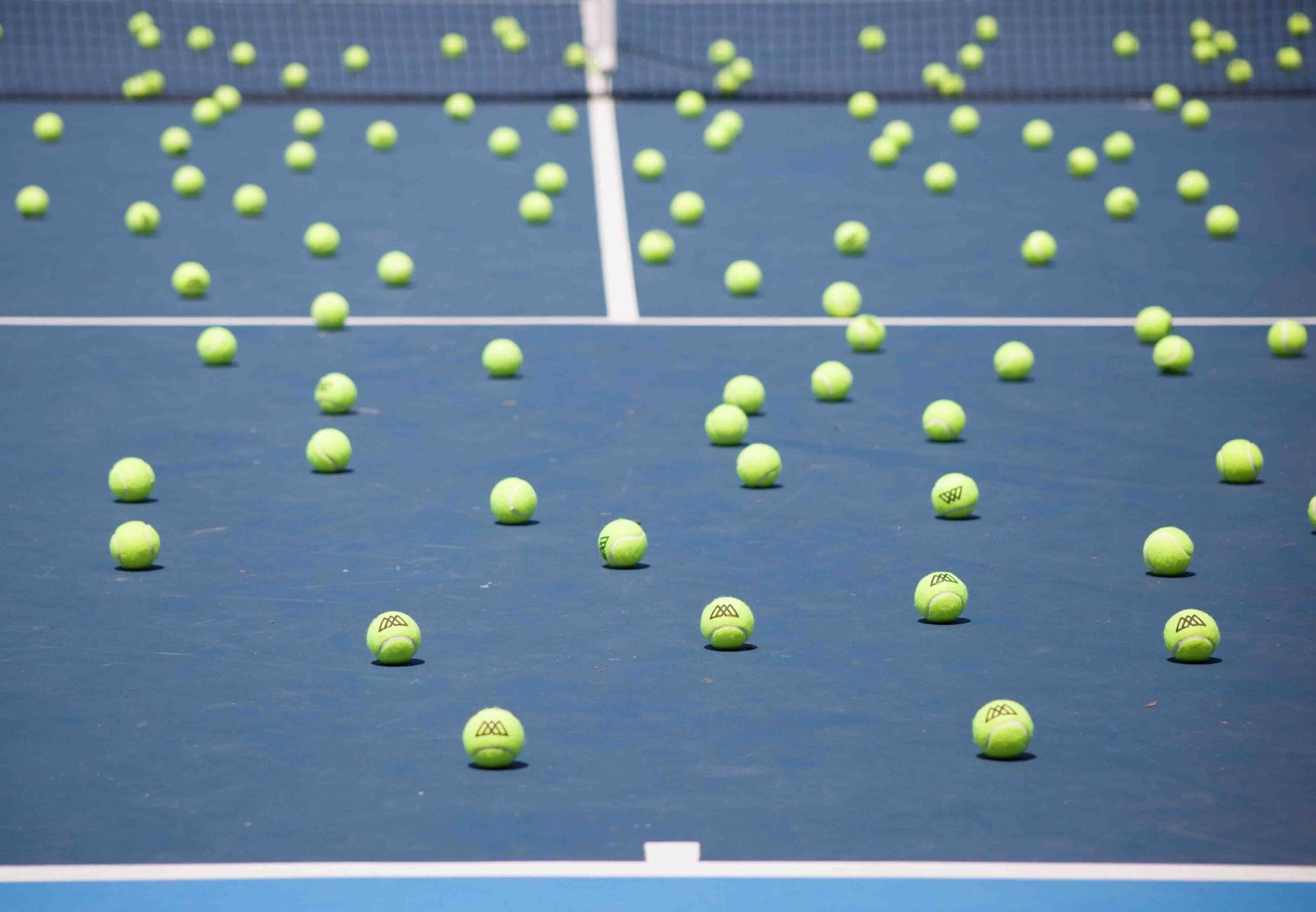
Introduction
Design plays a crucial role in our everyday lives, influencing our perceptions, interactions, and experiences. In the context of sports, design goes beyond aesthetics and becomes a powerful tool for creating visual energy, enhancing user experience, and shaping the overall impact of sporting events. This article explores various aspects of design, including current trends, best practices, and creative insights, to shed light on the significance of effective design in the world of sports.
Visual Design Principles
When it comes to sports, visual design principles play a vital role in capturing attention, conveying information, and evoking emotions. From the choice of colors to typography and layout, every element should be carefully considered to create a visually engaging experience. For example, vibrant colors can evoke excitement and energy, while clean and bold typography can communicate strength and professionalism.
Take the logo of a sports team as an example. It should not only represent the team’s identity but also resonate with its fans. The design should be unique, memorable, and easily recognizable, enabling fans to connect with their favorite team at a glance.
User Experience Considerations
User experience (UX) is a critical aspect of sports design. Whether it’s a website, mobile app, or physical venue, the design should prioritize ease of use, accessibility, and engagement. Navigation should be intuitive, information should be easily accessible, and interactions should be seamless.
For instance, when designing a sports website, it’s essential to consider the needs and preferences of different user groups, such as fans, athletes, and sponsors. By conducting user research and incorporating feedback, designers can create user-centric experiences that cater to the diverse needs of their target audience.
Sustainability in Design
In recent years, sustainability has become a significant consideration in design across various industries, including sports. Designers are now exploring eco-friendly materials, energy-efficient lighting systems, and sustainable venue designs to minimize environmental impact.
For example, many sports stadiums now incorporate renewable energy sources, such as solar panels, to reduce their carbon footprint. Additionally, the use of recycled materials in construction and the implementation of efficient waste management systems contribute to a more sustainable sporting experience.
Impact of Design in Different Industries
The impact of design extends beyond sports-specific contexts. In industries such as advertising, fashion, and technology, design plays a crucial role in influencing consumer behavior and brand perception.
For instance, sports apparel brands rely heavily on design to create visually appealing and functional products that resonate with athletes and consumers. The design of a running shoe, for example, should not only provide comfort and support but also convey a sense of speed and agility through its aesthetics.
Practical Examples and Case Studies
To illustrate the power of design in sports, let’s look at a few practical examples and case studies:
- The Olympic Games: The Olympic Games are a prime example of how design can create a visually stunning and immersive experience. From the logo and mascots to the opening ceremony and venue designs, every aspect is carefully crafted to reflect the spirit of the games and captivate the global audience.
- Team Jerseys: The design of team jerseys goes beyond aesthetics. It serves as a representation of the team’s identity and values. The colors, patterns, and typography chosen for the jerseys can evoke a sense of pride, unity, and intimidation.
- Sports Websites and Apps: Sports websites and apps provide fans with up-to-date information, live scores, and interactive features. The design should be visually appealing, easy to navigate, and optimized for different devices to ensure a seamless user experience.
Key Takeaways
Design in sports is not just about creating visually appealing graphics. It is about capturing attention, conveying information, and creating immersive experiences. By considering visual design principles, user experience considerations, sustainability, and the impact of design in different industries, designers can shape the world of sports and enhance the overall sporting experience for athletes and fans alike.
Conclusion
Design is a powerful force that shapes the world around us, and sports design is no exception. From visual design principles to user experience considerations and sustainability, every aspect of design in sports contributes to creating visual energy, engaging experiences, and memorable moments. By understanding the significance of effective design and embracing best practices, we can continue to elevate the world of sports and inspire millions of people around the globe.